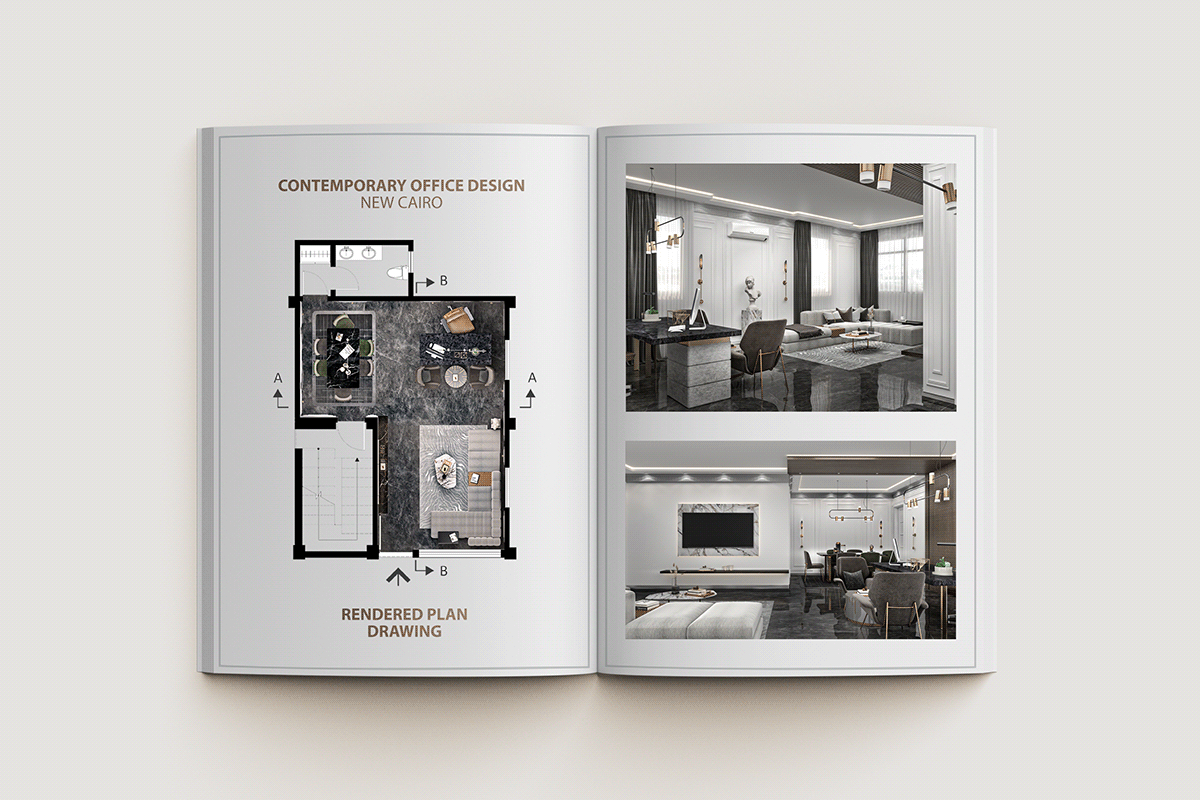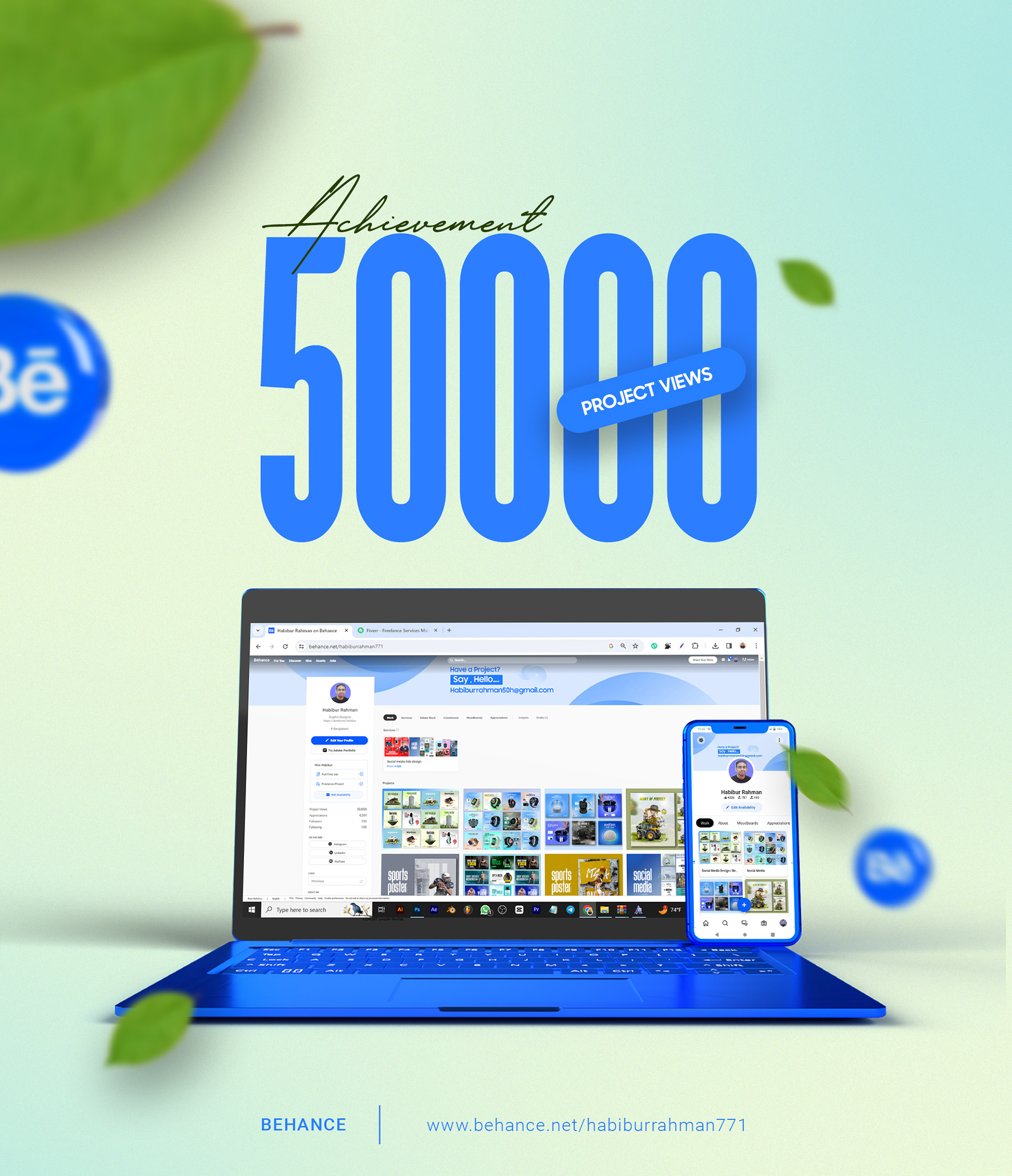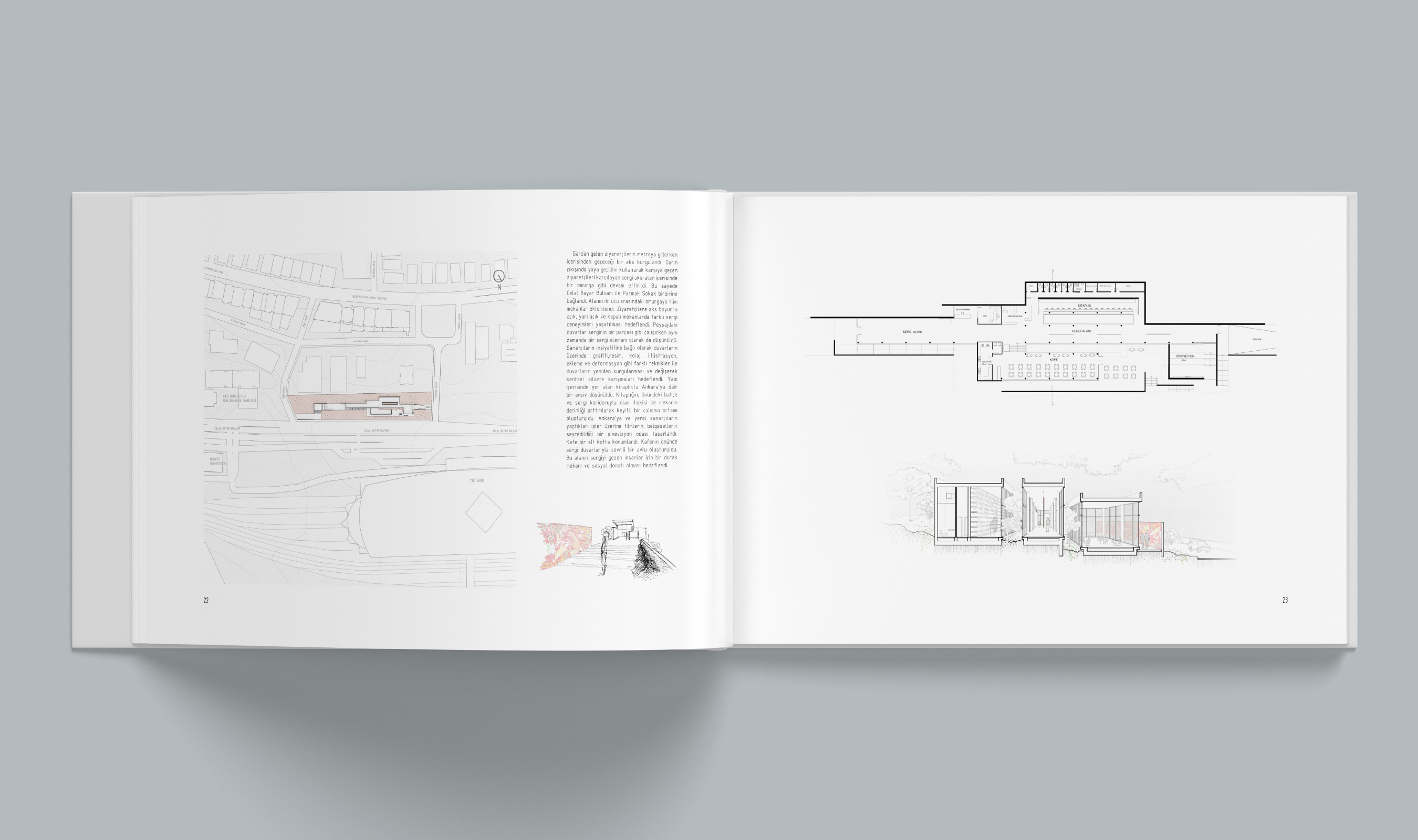Attaching a PDF to your Behance portfolio can greatly enhance how potential clients or employers view your work. Rather than just showcasing your projects with images, PDFs allow you to present comprehensive case studies, detailed project descriptions, or even full-fledged portfolios. In this post, we’ll guide you through the steps to effectively attach a PDF and explore the platform’s features that make it a powerhouse for creatives.
Understanding Behance and Its Features

Behance is more than just a creative portfolio site; it’s a vibrant community filled with artists, designers, and innovators from around the globe. By offering a platform where creativity can be showcased and discovered, Behance connects users to job opportunities, collaborations, and a vast network. Let’s dive into what makes
1. User-Friendly Interface The design of Behance is sleek and intuitive. It’s easy to navigate, helping you focus on creating rather than figuring out the technicalities. Whether you’re uploading a new project or browsing others’ work, everything feels streamlined. This user-centric design enhances your overall experience.
2. Project Showcase Behance allows you to display your work in project bundles. Within each project, you can upload images, videos, and even links, enriching the viewer's experience. The flexibility to present your work in various formats means your creativity can shine through in myriad ways.
3. Portfolio Customization With Behance, you get the opportunity to personalize your portfolio. You can choose different layouts, colors, and even have custom cover images. This customization helps reflect your unique style and helps you stand out from the crowd.
4. Community Engagement One of the best features of Behance is its community. You can follow other creatives, receive feedback on your projects, and give props to works you admire. This interaction not only boosts your visibility but also fosters collaborations and networking opportunities.
5. Job Opportunities Behance is also a job portal! Creative professionals can browse job listings tailored to their skills and upload their portfolios to attract potential employers. This feature makes it a one-stop shop for freelancers and job-seekers alike.
Overall, Behance is a powerhouse for showcasing your creative work. Whether you’re just getting started or looking to elevate your presence in the industry, understanding its features is crucial for maximizing your portfolio's impact.
Also Read This: How to Embed Issuu on Behance: Share Your Publications with Ease
Preparing Your PDF for Upload

Before you dive into uploading your PDF to Behance, it's essential to prepare your document properly. This ensures that your portfolio looks professional and is easy for viewers to navigate. Here are some key steps to consider:
- File Size: Keep your PDF file size manageable. Ideally, it should be less than 10MB. If it’s larger, consider compressing images or reducing the number of pages to minimize the size.
- Resolution: Make sure all images within the PDF are high resolution (at least 300 DPI). This ensures that the visuals maintain quality when viewed on different devices.
- Organize Your Content: Structure your PDF logically. Start with an engaging cover page followed by your work samples. You might want to include a table of contents for longer documents.
- Check for Errors: Proofread the content for any typographical or grammatical errors. Always double-check that all links (if any) are functional.
- Consistency in Design: Use consistent fonts, colors, and styles throughout your PDF. This makes your portfolio look cohesive and professional.
- Filename: Choose a clear, professional filename that reflects the content of your PDF. Instead of “Portfolio2023.pdf,” consider something like “John_Doe_Design_Portfolio.pdf.”
By putting in some time upfront to prepare your PDF, you’re setting yourself up for success when uploading it to Behance!
Also Read This: How to Verify Your Email on Behance and Secure Your Account
Steps to Upload a PDF to Your Behance Portfolio

Got your PDF ready? Great! Now let’s walk through the actual process of uploading it to your Behance portfolio. It’s quite straightforward, but I’ll break it down into easy steps for you:
- Log In: First, log into your Behance account. If you don’t have one yet, you’ll need to create an account.
- Create a New Project: Click on the “Create a Project” button, usually located at the top right corner of your dashboard.
- Select PDF Upload: In the project creation window, look for the “Upload” option. Here, you can select the PDF file you’ve prepared.
- Drag and Drop: Alternatively, you can drag and drop your PDF into the designated area for uploading.
- Add Project Details: Fill in the title, add a captivating description, and choose relevant tags. Good tags improve the visibility of your project.
- Customize Settings: You can adjust privacy settings and decide if you want to allow comments or not.
- Publish: Once you’re satisfied with everything, hit the "Publish" button. Your PDF will now be live!
And voila! Your PDF portfolio is now accessible to everyone on Behance. Remember to share it on your social media or website for maximum visibility!
Also Read This: The Best Strategies to Promote Your Behance Post and Attract More Viewers
5. Benefits of Including PDFs in Your Portfolio
Including PDFs in your portfolio on Behance offers a multitude of advantages. Let's dive into some of the standout benefits that can make your portfolio shine:
- Professional Presentation: A well-structured PDF can elevate your work's presentation. It allows you to showcase your designs, sketches, and final products in a cohesive manner, effectively telling your story.
- Enhanced Accessibility: PDFs are universally accessible across devices and platforms. This means whether someone is on a computer, tablet, or smartphone, they can easily view your work without compatibility issues.
- High-Quality Visuals: PDFs support high-resolution images and vector graphics, ensuring your work looks crisp and clear. Unlike some image formats that may lose integrity when resized, PDFs maintain their quality, leaving a lasting impression.
- Organized Content: You can categorize your work based on projects or themes within a single document. This organization helps potential clients or collaborators navigate through your portfolio smoothly.
- Offline Access: One of the subtle perks of having a PDF is that it allows users to download your work and review it offline. This is particularly useful for clients who may want to discuss your portfolio in meetings without needing internet access.
By incorporating PDFs into your Behance portfolio, you're not just sharing your work; you're also crafting an engaging experience for your viewers that reflects your professionalism and creative skills.
Also Read This: How to Add Title and Description on Behance: Writing Compelling Project Introductions
6. Tips for Creating an Engaging PDF
Creating an engaging PDF is both an art and a science. Here are some practical tips to help you design a PDF that captures attention and keeps your audience intrigued:
- Keep It Concise: Limit the number of pages and focus on the best work. Aim for quality over quantity; this keeps your audience engaged without overwhelming them.
- Utilize Eye-Catching Layouts: Use well-designed layouts and consistent formatting. Consider grids to maintain alignment and balance. Incorporate white space to provide breathing room for your visuals.
- Highlight Key Information: Use bullets or call-outs to highlight your skills, achievements, or project summaries. This allows viewers to quickly understand your strengths without reading large blocks of text.
- Include Interactive Elements: If appropriate, add links within the PDF. This could lead to your website, social media pages, or additional project details to encourage further exploration.
- Focus on Cohesive Branding: Your PDF should reflect your personal brand. Use consistent color schemes, fonts, and imagery styles that align with your overall style on Behance.
By implementing these tips, you'll create a PDF that not only showcases your work effectively but also embodies your unique style and creativity. Engage your audience right from the first glance!
How to Attach a PDF in Behance for Easy Portfolio Access
Behance is a popular online platform where creative professionals showcase their work. One of the effective ways to enhance your portfolio is by attaching a PDF file, which can provide potential clients and collaborators with a more detailed look at your projects. Below is a straightforward guide to help you attach a PDF in Behance.
Step-by-Step Guide
- Create Your PDF: Before uploading, ensure your PDF is well-organized and visually appealing. Include essential information such as your portfolio pieces, project descriptions, and contact information.
- Log In to Behance: Access your account. If you don’t have one, you can easily sign up.
- Navigate to Your Profile: Click on your profile picture and select “Profile” from the drop-down menu.
- New Project: Click on the “Create a new project” button. This will take you to the project editor.
- Upload Your PDF: Click on the “Upload” button, and select your PDF file from your computer. Behance allows files up to 30 MB.
- Arrange Your Content: You can either embed the PDF directly or provide a downloadable link. Make sure to preview how the content appears to users.
- Add Project Details: Include a compelling title, description, and tags to optimize your project for search.
- Publish: Once you are satisfied with your project, hit the “Publish” button to make it live.
PDF Display Options
| Option | Description |
|---|---|
| Embedded View | Your PDF will be viewable directly within the project page. |
| Downloadable Link | Viewers can download the PDF for offline access. |
Attaching a PDF in Behance significantly enhances your portfolio's accessibility and professionalism. By following these steps, you can effectively showcase your work to a wider audience, ensuring potential clients and collaborators can easily review your skills and projects.
 admin
admin








